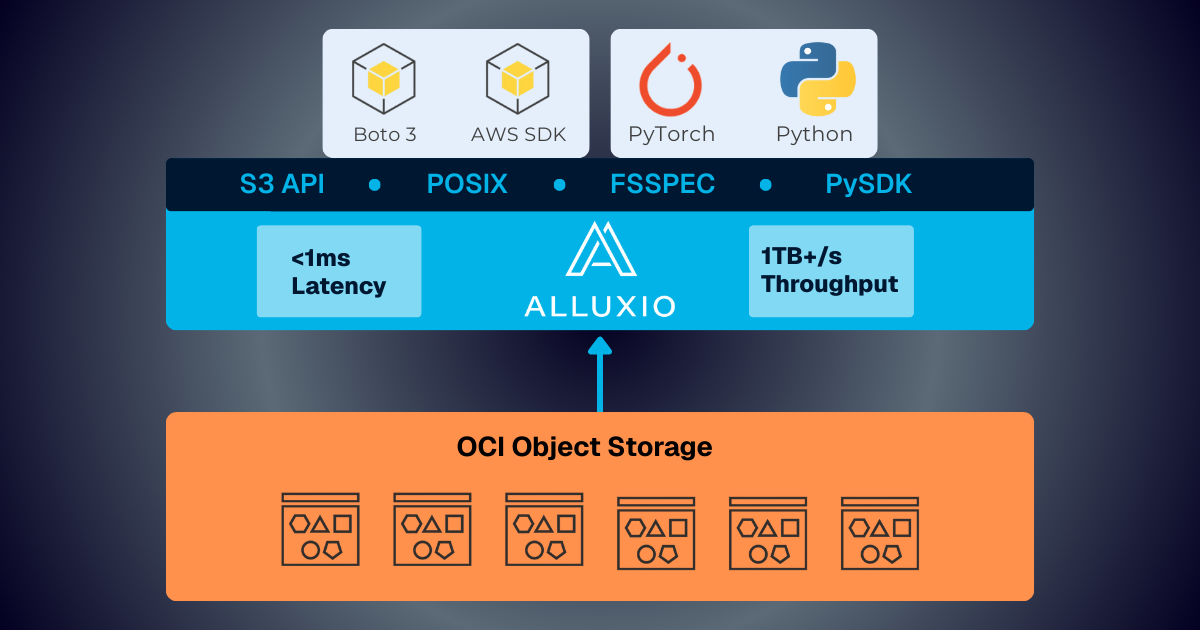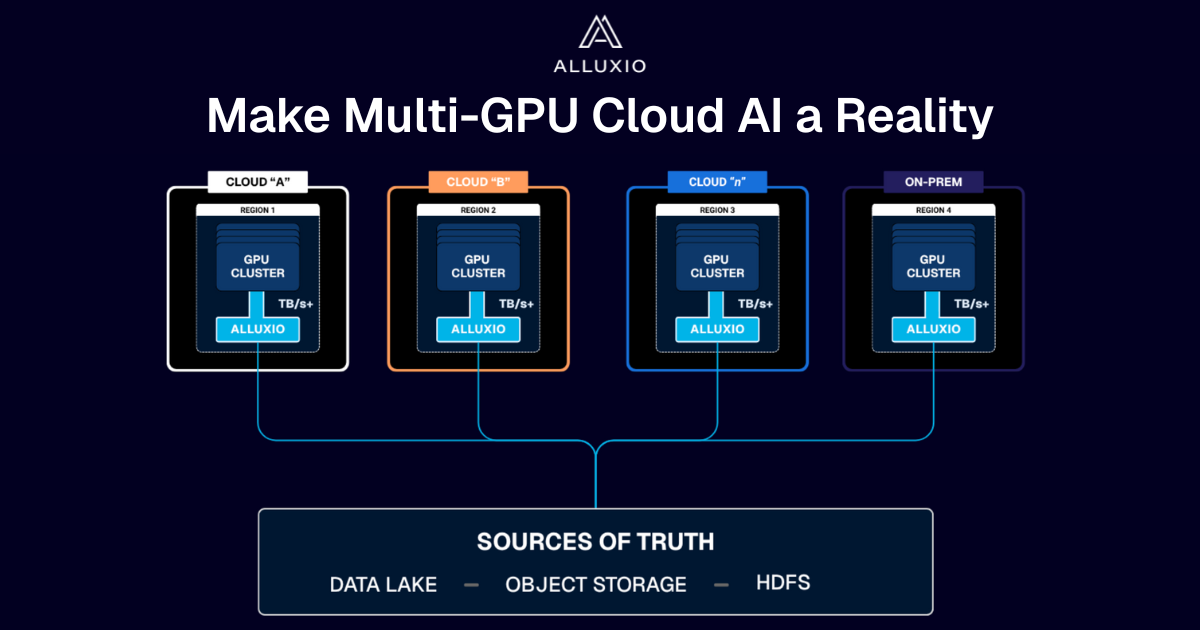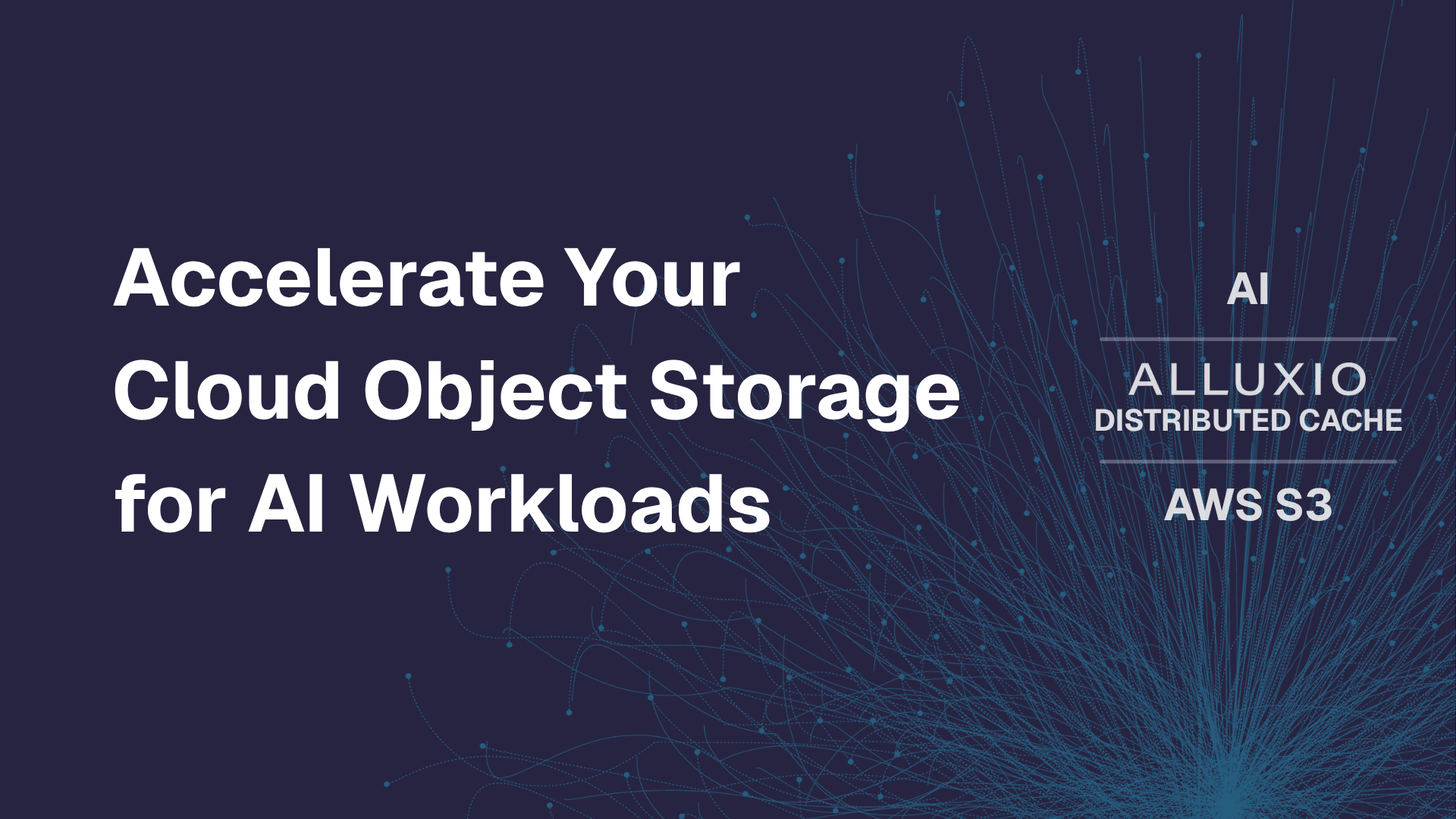Products
Lenovo Case Study Analytics on Data from Multiple Locations and Eliminating ETL
March 12, 2018
Lenovo is an Alluxio customer with a common problem and use case in the world of data analytics. They have petabytes of data in multiple data centers in different geographic locations. Analyzing it requires an ETL process to get all of the data in the right place. This is both slow, because data has to be transferred across the network, and costly because multiple copies of the data need to be stored. Freshness and quality of the data can also suffer as the data is also potentially out of date and incomplete because regulatory issues prevent certain data from being transferred. Lenovo deployed Alluxio to address these issues and eliminate the need for ETL altogether. Data from multiple locations is cached in Alluxio and multiple applications can access it for analysis. The data is either accessed locally from memory or fetched by Alluxio for new requests as needed from persistent storage. The working data set is always available without the need for ETL. Alluxio fits within the existing security frameworks and enforces the policies in place, ensuring regulatory and compliance requirements from different countries and jurisdictions are met. You can learn more in the full case study
.png)
Blog

Alluxio and Oracle Cloud Infrastructure: Delivering Sub-Millisecond Latency for AI Workloads
Oracle Cloud Infrastructure has published a technical solution blog demonstrating how Alluxio on Oracle Cloud Infrastructure (OCI) delivers exceptional performance for AI and machine learning workloads, achieving sub-millisecond average latency, near-linear scalability, and over 90% GPU utilization across 350 accelerators.

Make Multi-GPU Cloud AI a Reality
If you’re building large-scale AI, you’re already multi-cloud by choice (to avoid lock-in) or by necessity (to access scarce GPU capacity). Teams frequently chase capacity bursts, “we need 1,000 GPUs for eight weeks,” across whichever regions or providers can deliver. What slows you down isn’t GPUs, it’s data. Simply accessing the data needed to train, deploy, and serve AI models at the speed and scale required – wherever AI workloads and GPUs are deployed – is in fact not simple at all. In this article, learn how Alluxio brings Simplicity, Speed, and Scale to Multi-GPU Cloud deployments.

